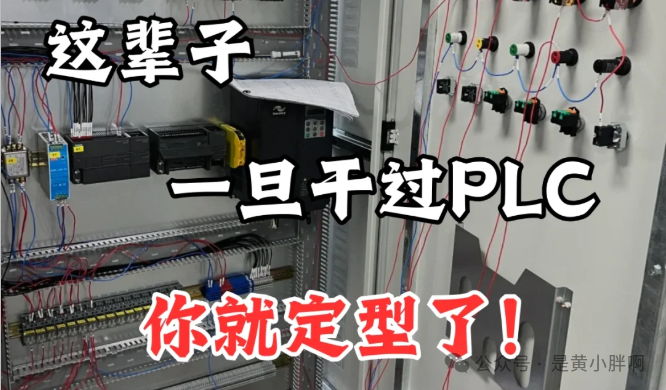
PLC Network Expansion: Fiber Optic Communication Applications Extend Transmission Distance to 10 Kilometers!
Introduction
Hello everyone! Today, I want to share a technological breakthrough that has excited industrial automation engineers — PLC Fiber Optic Communication Network Expansion. Don’t be intimidated by the technical terms, I will explain this technology in the most straightforward way. Imagine that your PLC signals can be reliably transmitted up to 10 kilometers away, with strong anti-interference capabilities! Want to know how this is achieved? Follow my lead as we unveil the mystery of this technology!
Why Fiber Optic Communication?
Let’s start with a comparison experiment:
-
Traditional Cable Communication: It’s like shouting in a noisy market, where signals are easily interfered with by the “noise” from motors and inverters, and the transmission distance usually does not exceed 100 meters.
-
Fiber Optic Communication: It’s like equipping your PLC with a “laser intercom”, providing pure, interference-free signals that can easily cross factory areas, buildings, and even entire industrial parks!
Key Advantages:
-
Distance Breakthrough: Jumping directly from hundreds of meters to 10 kilometers
-
Anti-Interference Champion: Completely immune to electromagnetic interference, even lightning is no threat
-
Bandwidth Surge: Capable of simultaneously transmitting control signals, video monitoring, and large data volumes
Hardware Configuration for Fiber Optic Communication
1. Fiber Selection Guide
| Type | Transmission Distance | Applicable Scenarios |
|——|———-|———-|
| Multimode Fiber | ≤2km | Internal workshop network |
| Single-mode Fiber | ≤10km | Inter-factory networking |
Tip: Although single-mode fiber is slightly more expensive, it is definitely the cost-effective choice for long-distance transmission!
2. Essential Conversion Equipment
-
Fiber Optic Transceiver: The “translator” for PLC, converting electrical signals to optical signals and vice versa
-
Fiber Switch: Industrial-grade equipment, preferably with redundant power supply
-
Connector Protection Sleeve: Don’t underestimate this; connector contamination is the culprit of 90% of failures
Practical Networking Solutions
Case Study: Communication renovation from the assembly workshop to the painting workshop in an automotive factory
-
Original Issues:
-
485 cable transmission often results in packet loss
-
Requires maintenance after every thunderstorm
Renovation Plan:
-
Install 4-core single-mode fiber (2 for use, 2 for backup)
-
Use Siemens SCALANCE X series fiber switches
Renovation Results:
-
Transmission delay reduced from 200ms to 5ms
-
Three years of zero-failure operation
Common Pitfalls You Might Encounter
Warning from Hard Lessons:
-
Fiber Bending Radius: Bending less than 5cm will cause signal attenuation
-
Rodent Prevention Measures: Some power plant’s fiber was used by mice as a chew toy…
-
Labeling System: Be sure to use high-temperature oil-based pens for marking; don’t ask me how I know this
Debugging Tips Revealed
Essential Tool Kit for Engineers:
-
Optical Power Meter: Quickly locate breakpoints
-
OTDR Tester: Professional-grade fault diagnosis
-
Red Light Pen: The cheapest connectivity testing tool
Debugging Mnemonic:
“First measure optical power, second check connector cleanliness, third observe switch status lights”
Future Upgrade Potential
-
5G + Fiber: Testing industrial internet solutions
-
Fiber Sensing: A single fiber can perform both communication and temperature monitoring
-
Quantum Communication: Although still far off, laboratories have achieved PLC quantum encrypted transmission
Interactive Questions
-
What is the maximum communication distance requirement in your factory?
-
What unusual communication failures have you encountered?
-
If budget allows, which cutting-edge communication solution would you like to try?
Conclusion
Remember: Fiber optic communication is not a future concept, but a current reality! Start planning your PLC fiber network today to break through distance limitations, 10 kilometers is just the starting point, not the end.
Feel free to share your networking experiences in the comments, and next time we will discuss “How to Achieve Predictive Maintenance with PLC”. Stay tuned!
ShareSaveViewLike